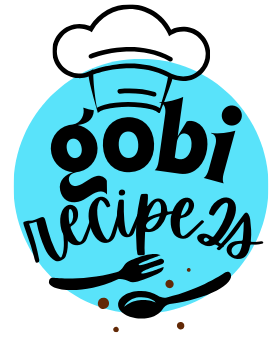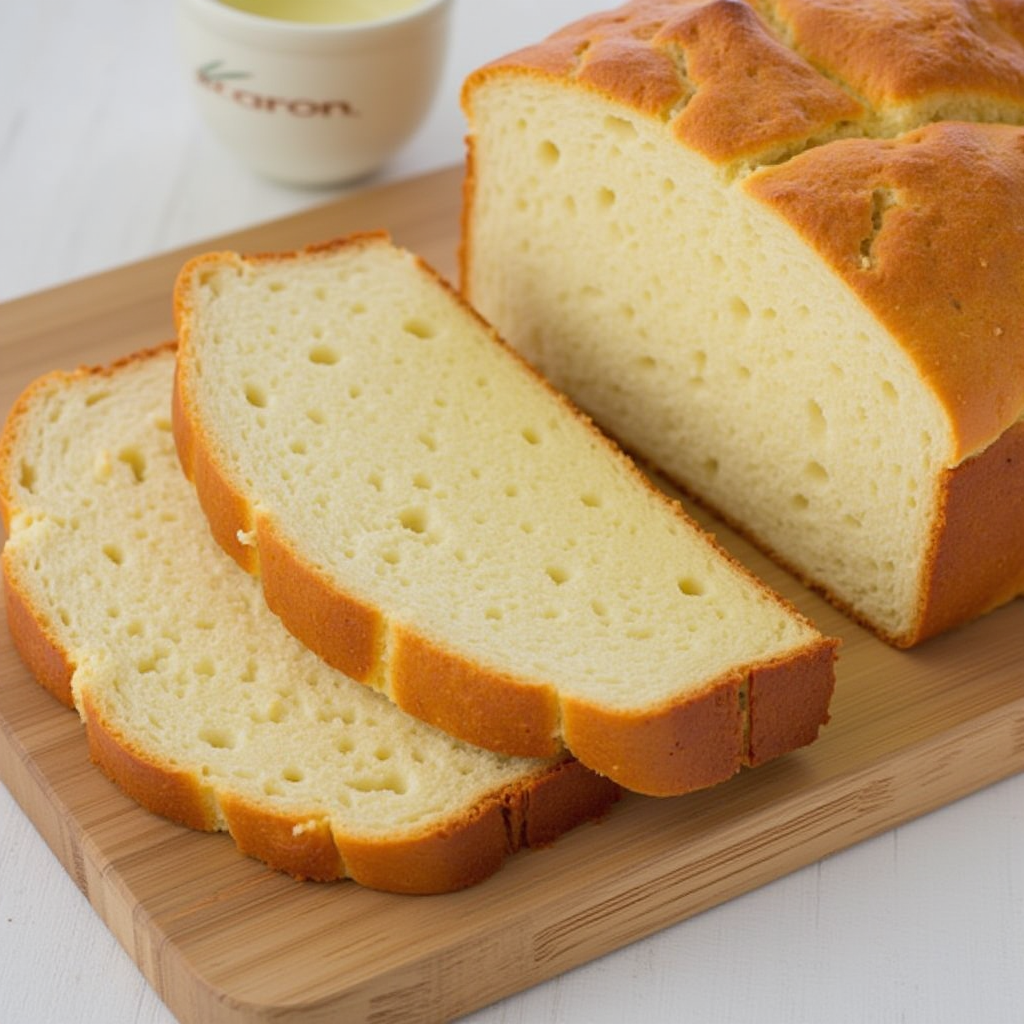Bread is a staple that has stood the test of time, gracing tables across cultures with its comforting aroma and delightful texture. The charm of a simple bread recipe lies in its minimalistic nature. With only a few ingredients, it transforms into a versatile creation, adaptable for any occasion. This simplicity does not compromise its allure; rather, it enhances the accessibility of baking, even for beginners.
The beauty of simplicity lies in the process itself. Unlike complex recipes that demand intricate techniques, a simple bread recipe focuses on foundational methods that allow bakers to enjoy the journey. Bread embodies the perfect balance of science and art—each step contributing to the development of flavor and texture. Whether served warm with butter or as the base of a gourmet sandwich, its universal appeal remains unmatched. The true magic comes from the joy of creating something so fulfilling with your own hands.
Ingredients for the Perfect Simple Bread Recipe
The success of any bread begins with high-quality ingredients. To craft a simple bread recipe, you’ll need the following essentials:
- Flour: Opt for bread flour for its higher protein content, which contributes to structure. All-purpose flour works well, too, for a softer texture.
- Yeast: Active dry yeast or instant yeast acts as the leavening agent, ensuring your bread rises beautifully.
- Water: Warm water (not hot) activates the yeast and helps create a smooth dough.
- Salt: Enhances the flavor of your bread, ensuring it isn’t bland.
- Sugar (optional): A small amount feeds the yeast and adds a touch of sweetness.
While these ingredients are standard, substitutions can be made to suit dietary needs or flavor preferences. For example, honey or maple syrup can replace sugar, and gluten-free flour can accommodate intolerances. The best part of a simple bread recipe is its adaptability to your pantry staples.
Tools You’ll Need for Making Simple Bread
The right tools can elevate your bread-making experience, ensuring success even on your first attempt. To master a simple bread recipe, gather these essentials:
- Mixing Bowl: A large, sturdy bowl for combining ingredients.
- Measuring Cups and Spoons: Precision is key for the perfect ratio of ingredients.
- Wooden Spoon or Dough Hook: Helps mix and knead the dough effortlessly.
- Bench Scraper: Useful for shaping and handling dough.
- Kitchen Scale (optional): Provides accuracy in measuring flour and other ingredients.
- Proofing Basket or Bowl: Allows the dough to rise while maintaining its shape.
- Baking Sheet or Loaf Pan: Determines the final shape of your bread.
- Parchment Paper: Prevents sticking and makes cleanup easier.
Having these tools ready ensures the process flows smoothly. While a simple bread recipe doesn’t require advanced gadgets, these items streamline the experience, allowing you to focus on technique and enjoyment.
Step-by-Step Instructions for Crafting Your Simple Bread
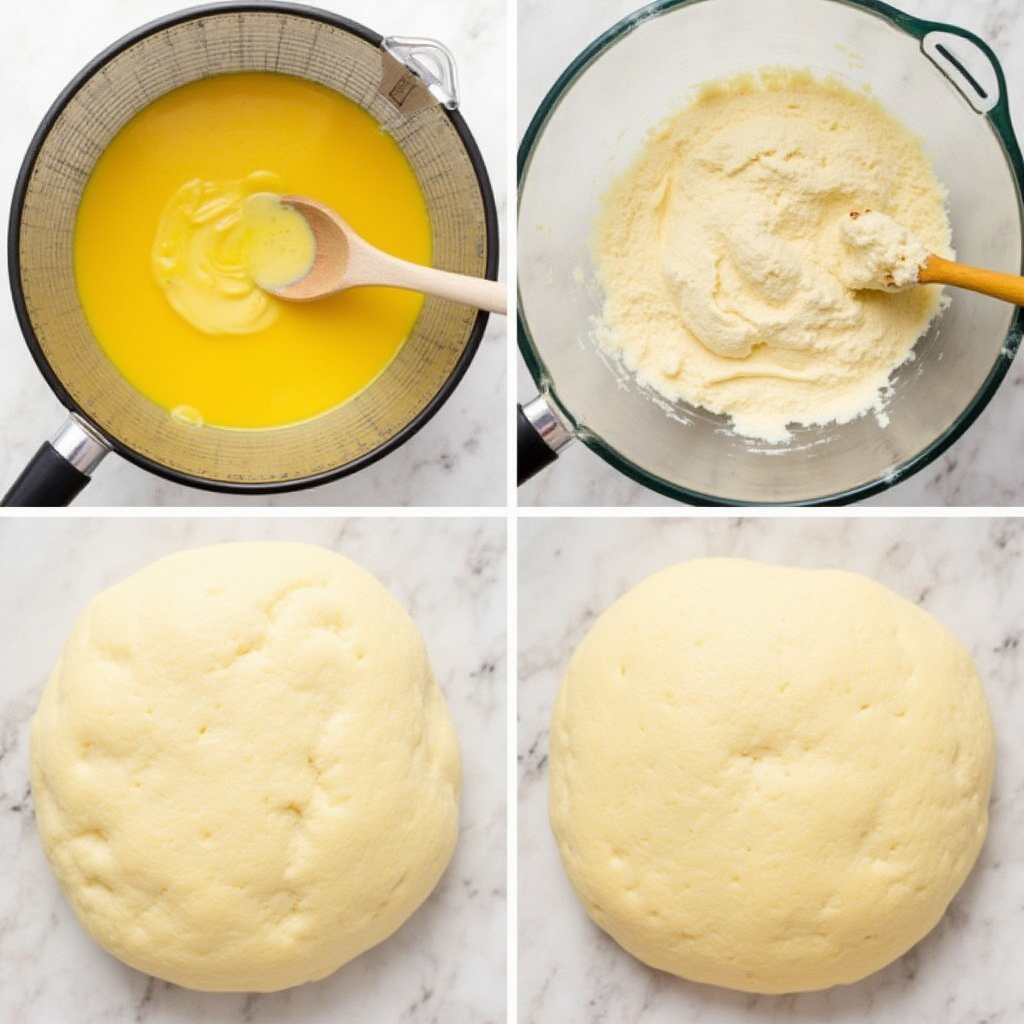
Creating bread is a rewarding process that combines patience with precision. Follow these steps to perfect your simple bread recipe:
- Activate the Yeast: Dissolve yeast and a pinch of sugar in warm water. Let it sit for 5–10 minutes until it foams, indicating it’s active.
- Combine Ingredients: In a mixing bowl, combine flour and salt. Gradually add the yeast mixture, stirring until a shaggy dough forms.
- Knead the Dough: Turn the dough onto a lightly floured surface and knead for about 8–10 minutes until it becomes smooth and elastic. Alternatively, use a stand mixer with a dough hook.
- First Rise: Place the dough in a greased bowl, cover it with a damp towel, and let it rise in a warm spot for 1–2 hours or until doubled in size.
- Shape the Dough: Punch down the dough, shape it into a loaf or rounds, and place it on a prepared baking sheet or loaf pan.
- Second Rise: Let the shaped dough rise again for 30–45 minutes.
- Bake: Preheat your oven to 375°F (190°C). Bake the bread for 25–30 minutes or until golden brown and hollow when tapped.
- Cool and Enjoy: Allow the bread to cool on a wire rack before slicing.
By following these steps, you’ll achieve a flavorful loaf that highlights the beauty of a simple bread recipe.
Common Mistakes to Avoid When Making Simple Bread
Even with a straightforward recipe, certain missteps can affect the outcome. Avoid these common errors when trying a simple bread recipe:
- Incorrect Water Temperature: Water that’s too hot can kill the yeast, while cold water won’t activate it properly. Aim for lukewarm temperatures around 110°F (43°C).
- Skipping the Kneading: Kneading develops gluten, which is essential for a sturdy structure. Insufficient kneading may result in dense bread.
- Rushing the Rise: Allow the dough ample time to rise. Patience ensures a light and airy loaf.
- Overloading Flour: Adding too much flour while kneading can make the dough stiff. Aim for a slightly sticky texture.
- Inconsistent Oven Heat: Always preheat your oven and use an oven thermometer if necessary.
By recognizing these pitfalls, you can refine your technique and produce consistently excellent results from your simple bread recipe.
Variations of Simple Bread Recipes
One of the joys of bread-making is experimenting with variations to suit your taste. Here are some delightful twists on a simple bread recipe:
- Whole Wheat Bread: Substitute half or all the flour with whole wheat flour for a nutty flavor and higher fiber content.
- Herbed Bread: Mix in fresh or dried herbs like rosemary, thyme, or oregano for an aromatic loaf.
- Cheese Bread: Incorporate shredded cheese into the dough or sprinkle it on top before baking.
- Sweet Bread: Add ingredients like cinnamon, raisins, or honey for a sweeter version.
- Gluten-Free Bread: Use gluten-free flour blends to accommodate dietary restrictions.
Each variation transforms the basic simple bread recipe into something unique and memorable. Experimenting with flavors allows you to cater to different preferences while keeping the process enjoyable.
Crafting bread at home is more than just a culinary task—it’s an act of creativity and comfort. By starting with a simple bread recipe, you embark on a timeless journey that fills your kitchen with the irresistible aroma of freshly baked bread.
Nutritional Benefits of Homemade Bread
Homemade bread offers more than just delicious taste; it also provides significant nutritional advantages over store-bought options. A simple bread recipe often contains fewer additives and preservatives, ensuring a purer, more wholesome loaf. By controlling the ingredients, you can reduce unnecessary sugars, sodium, or unhealthy fats, tailoring the recipe to your dietary preferences.
Freshly baked bread retains more nutrients, especially when using whole grains or enriched flours. Whole grain versions of a simple bread recipe are rich in fiber, which aids digestion and promotes heart health. They also provide essential nutrients like B vitamins, iron, and magnesium. Additionally, baking at home eliminates the risk of hidden allergens or artificial chemicals often found in commercial bread.
Whether you prefer white or whole grain, crafting your own bread ensures every slice is nutrient-dense and free from unwanted additives. This simplicity makes a simple bread recipe both a nutritious and satisfying choice.
Pairing Suggestions: What Goes Well with Simple Bread
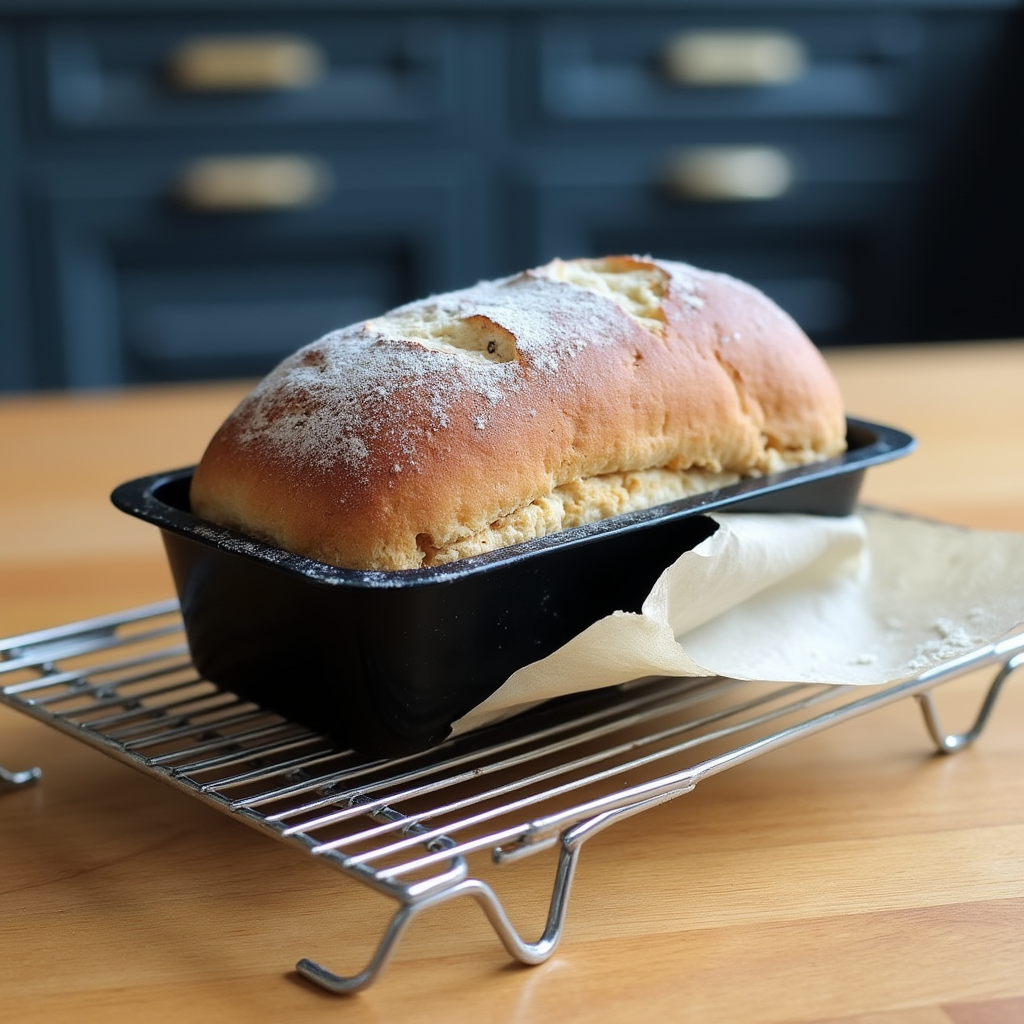
A well-crafted simple bread recipe is versatile, pairing seamlessly with countless dishes and spreads. Its mild flavor and tender crumb make it the perfect companion for sweet or savory accompaniments. Here are some pairing ideas:
- Butter and Jam: A classic combination that highlights the bread’s soft texture.
- Soups and Stews: Dip your bread into hearty broths for a comforting meal.
- Cheese and Charcuterie: Simple bread balances the rich flavors of cheeses and cured meats.
- Avocado Toast: A trendy option that combines creamy avocado with the rustic appeal of homemade bread.
- Eggs and Breakfast Spreads: Use it as a base for scrambled eggs, omelets, or nut butter.
The simplicity of a simple bread recipe allows it to adapt to different cuisines and meals. Whether you’re hosting a gathering or enjoying a quiet meal at home, this bread effortlessly elevates your dining experience.
Storage Tips for Homemade Simple Bread
To enjoy your homemade bread at its freshest, proper storage is essential. A simple bread recipe often lacks preservatives, so it’s important to handle it with care.
- Room Temperature: Store bread in a breathable cloth bag or wrapped in parchment to maintain moisture without trapping humidity. Avoid plastic bags, which can make the bread soggy.
- Freezing: For long-term storage, slice the bread and freeze it in an airtight container or resealable bag. Thaw slices as needed and toast for best results.
- Avoid Refrigeration: Bread stored in the fridge tends to dry out quickly due to the cold environment. Instead, freeze it if you need to store it for more than a few days.
By following these tips, you can extend the life of your simple bread recipe without sacrificing its delightful taste and texture. Proper storage ensures each slice is as satisfying as the day it was baked.
FAQs About Simple Bread Recipe
What are the basic ingredients for bread?
The essential ingredients for bread are simple yet effective. Typically, you’ll need flour, water, yeast, and salt. Flour provides structure, while water hydrates and activates the yeast. Yeast, as the leavening agent, helps the dough rise, and salt enhances the flavor. If a touch of sweetness is desired, sugar can be added, and some recipes incorporate fats like butter or oil for a softer crumb. By focusing on these staples, you can create a variety of bread with ease.
Can you make a simple yeast bread?
Yes, making a simple yeast bread is straightforward and rewarding. First, combine yeast with warm water to activate it. Then, mix flour, salt, and a bit of sugar in a large bowl. Gradually add the yeast mixture, stirring until the dough comes together. After kneading it until smooth, let it rise until doubled in size. Once shaped, let it rise again before baking in a preheated oven. Using this method, anyone can successfully create a delicious loaf.
How do you make a loaf of bread?
To make a loaf of bread, start by activating the yeast in warm water with a pinch of sugar. While the yeast activates, combine flour and salt in a mixing bowl. Slowly add the yeast mixture, stirring to form a dough. Knead the dough until it becomes smooth and elastic. Allow it to rise in a warm place until doubled in size. Afterward, punch it down, shape it into a loaf, and let it rise again. Finally, bake the loaf in a preheated oven until golden brown. This process ensures a homemade bread loaf that’s flavorful and satisfying.
How long does it take to make artisan bread?
Making artisan bread takes longer than standard recipes, but the results are worth it. Typically, the process involves 8–12 hours for the first rise, as the dough develops flavor through slow fermentation. After shaping, the dough needs an additional 1–2 hours for the second rise. Baking usually takes 30–45 minutes, depending on the size and type of bread. Although it may seem time-consuming, the hands-on work is minimal, and the extended resting periods enhance both texture and taste.
Conclusion: Enjoying Your Simple Bread Recipe
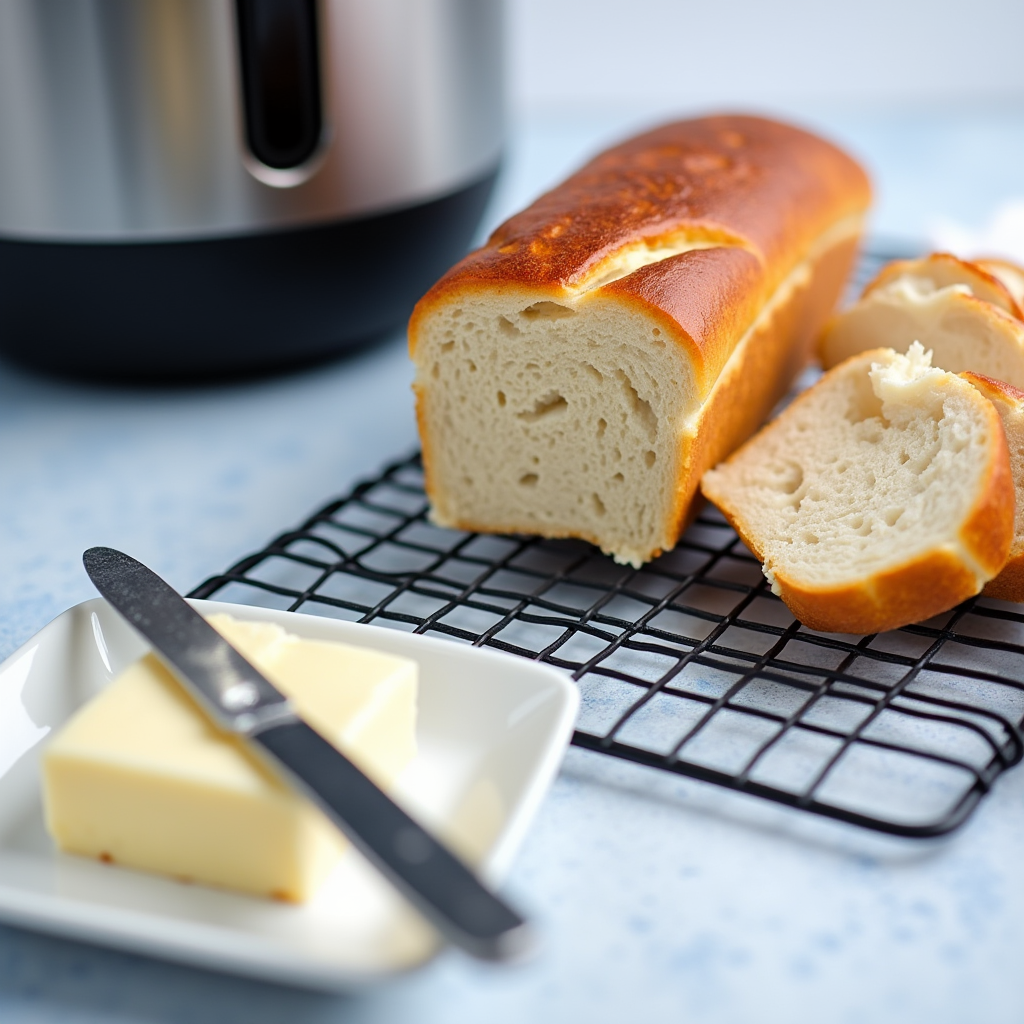
Baking bread is more than just a culinary endeavor; it’s a fulfilling experience that connects tradition, creativity, and nourishment. With a simple bread recipe, you unlock the joy of making something wholesome and versatile from scratch.
From selecting the finest ingredients to savoring the first slice, each step reinforces the timeless appeal of homemade bread. Its simplicity ensures that anyone, regardless of skill level, can craft a loaf that delights the senses and nourishes the body. Paired with your favorite meals, stored with care, and enjoyed fresh, this bread becomes an integral part of your kitchen repertoire.
Embrace the satisfaction of baking at home and let a simple bread recipe be your starting point for endless culinary possibilities.
